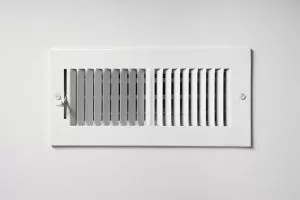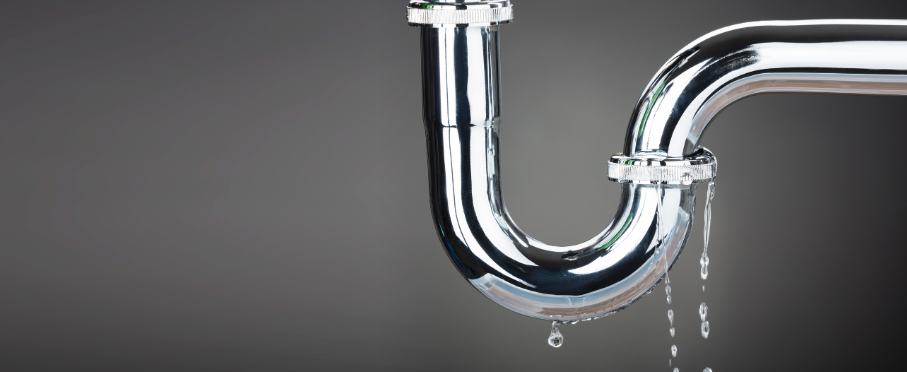How Zone Systems Work for Better Heating (and Cooling)
One of the services that we offer to customers is setting up homes for zone heating and cooling. What does that mean? Basically, we divide up your home’s ventilation systems so you can decide which rooms receive the heated or cooled air. It’s way to defeat one of the big flaws in central HVAC systems, which is that air goes to every room with a vent when the heater/AC comes on, regardless of whether the room needs it or not.
Sure, at times it’s convenient to have the whole house kept comfortable. But what about the many times there are empty rooms? After all, if a room is kept heated and there’s no one there to enjoy it… does the heat really exist? (Unfortunately, yes—which is why this is a big waste of energy.)
Anyway, the point is that it’s a smart idea to be able to close off some of the rooms from the ventilation system so you don’t have to heat and cool empty rooms. And that brings us back to zone control systems.
How Zone Control Works
I know what you’re already thinking: “Well, if all I need to do is close off the rooms from the ventilation system, why don’t I just close the louvers on the individual vents?” This doesn’t work, because it takes more for a zone control system to succeed than just stopping airflow to one place. Stopping airflow increases pressure inside the ductwork, and this in turn forces the HVAC blower fan to work harder. You’ll end up raising your bills, not lowering them. It can even damage the heater or AC.
Zone controls are designed to close off parts of the house from the HVAC system while also 1) lowering the amount of energy used, and 2) preventing an increase in pressure.
For zone controls to operate, a number of pieces need to be in play:
- Dampers placed into the ducts. These dampers can seal to cut off a stretch of ductwork leading to a vent. There can be as many dampers as there are vents.
- Zone thermostats. Each damper has a thermostat to control it, located in the climate “zone” the damper affects.
- A variable speed blower fan. The fan alters how much it works depending on pressure changes inside the ducts.
- A central thermostat that can operate the fan and all of the dampers. Each zone thermostat connects to this central control.
All the parts are on the board now. Here’s what happens when you want to close off some rooms from the furnace one cold day when few people are in the house.
- The local thermostats that are asking for heat send a request to the central thermostat, which then turns on the blower fan and furnace.
- The central thermostat checks for zones that aren’t requesting heat, and closes off those dampers. The blower fan adjusts to maintain pressure.
- As soon as the thermostats register they have reached their target temperatures, the central thermostat closes off their dampers.
- When all thermostat requests are fulfilled, the central thermostat shuts off the heater and blower, then opens a return air vent to allow the remaining air to leave.
At any time, when another thermostat makes a heating request, the zone control system reactivates to start again.
If it sounds like a zone control system installation in Clayton, NC is what you’d like for your home, speak to our HVAC experts today.
Raleigh Heating & Air, Inc. Serving Wake County and the Surrounding Areas for Over 20 years.






